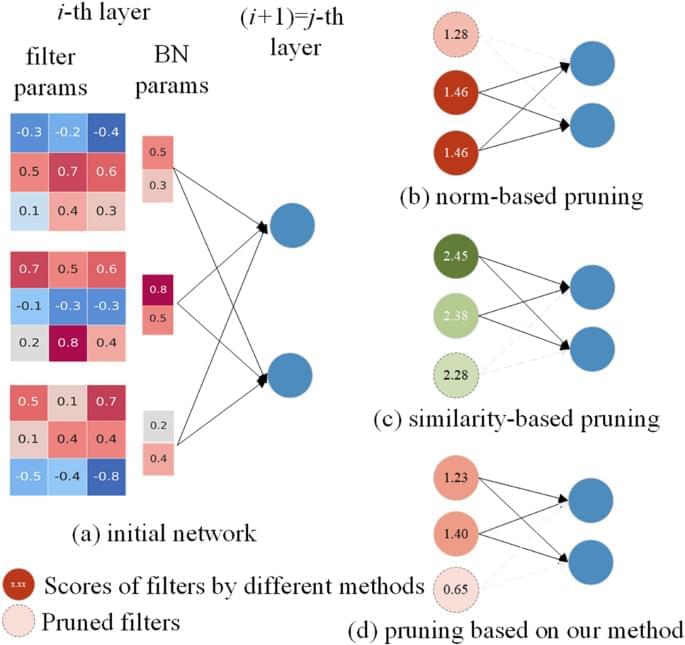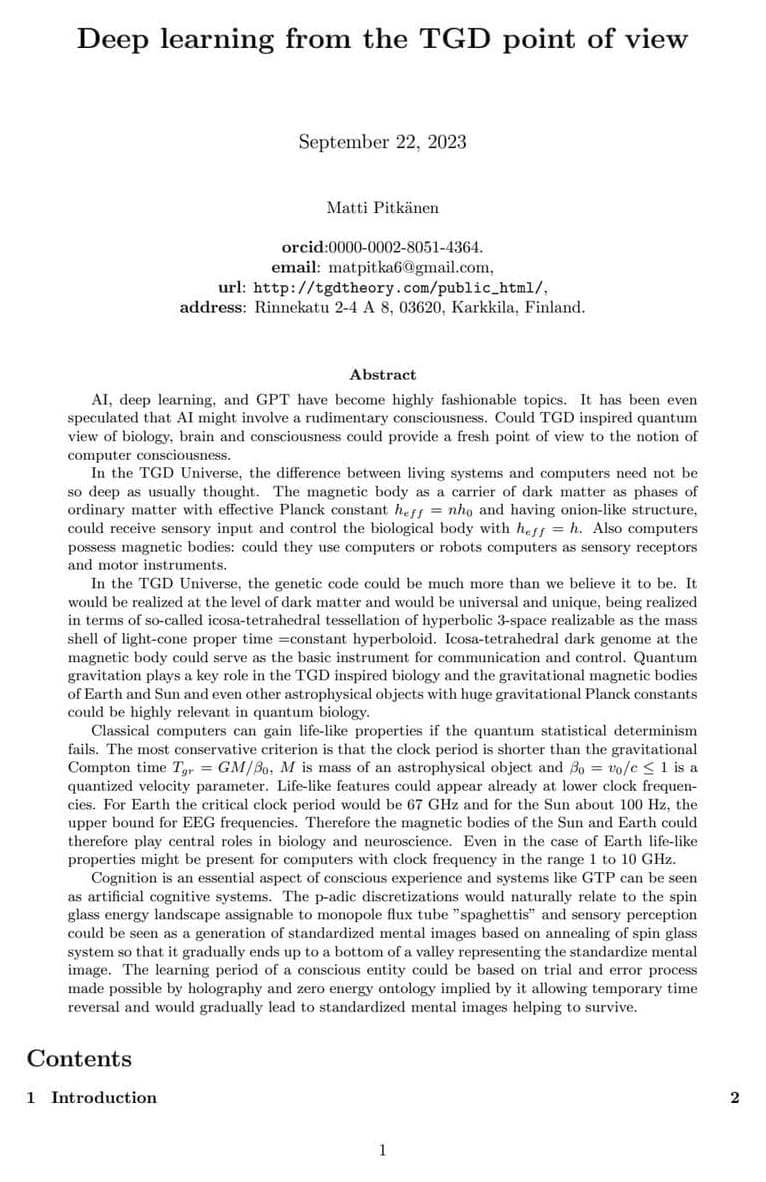A research team at KAIST has developed the world’s first AI semiconductor capable of processing a large language model (LLM) with ultra-low power consumption using neuromorphic computing technology.
The technology aims to develop integrated circuits mimicking the human nervous system so that chips could be able to perform more sophisticated tasks that require adaption and reasoning with far less energy consumption.









